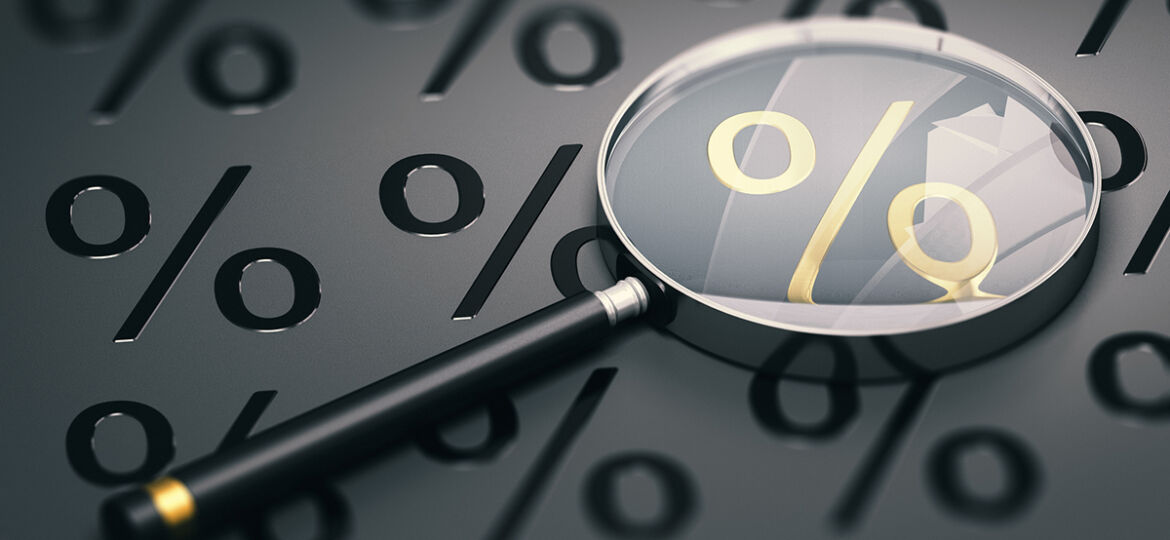
 Annual percentage rate is a calculation to accurately reflect the cost of the mortgage considering the note rate of interest, financing fees and charges based on the term of the mortgage.
Annual percentage rate is a calculation to accurately reflect the cost of the mortgage considering the note rate of interest, financing fees and charges based on the term of the mortgage.
Annual percentage rate, APR, calculates the interest rate and loan fees over the life of the loan expressed as a rate. A mortgage has a quoted interest rate plus a specified number of points which may be paid at closing or rolled into the loan, in some instances.
For example, a $400,000 loan amount at 2.98% interest for 30-years with 0.7 points would have an annual percentage rate of 3.0349%. While the mortgage rate is quoted at 2.98%, the borrower must additionally pay 0.7 points or slightly less than one percent of the amount borrowed as a fee to the lender in consideration of making the loan.
This increases the yield to the lender on what they are earning by making this loan and is expressed as the annual percentage rate for the benefit of the buyer.
Since the lender is required to include all the loan fees being charged in the APR calculation, if the seller is paying some of those fees on behalf of the buyer, the APR would not accurately reflect the cost to the buyer.
The lender is required to disclose the APR to the borrower in the Truth in Lending document referred to a TILA. Your mortgage officer will be able to answer any specific questions regarding what is included.
If you need any recommendation for a great mortgage officer, let me know!












